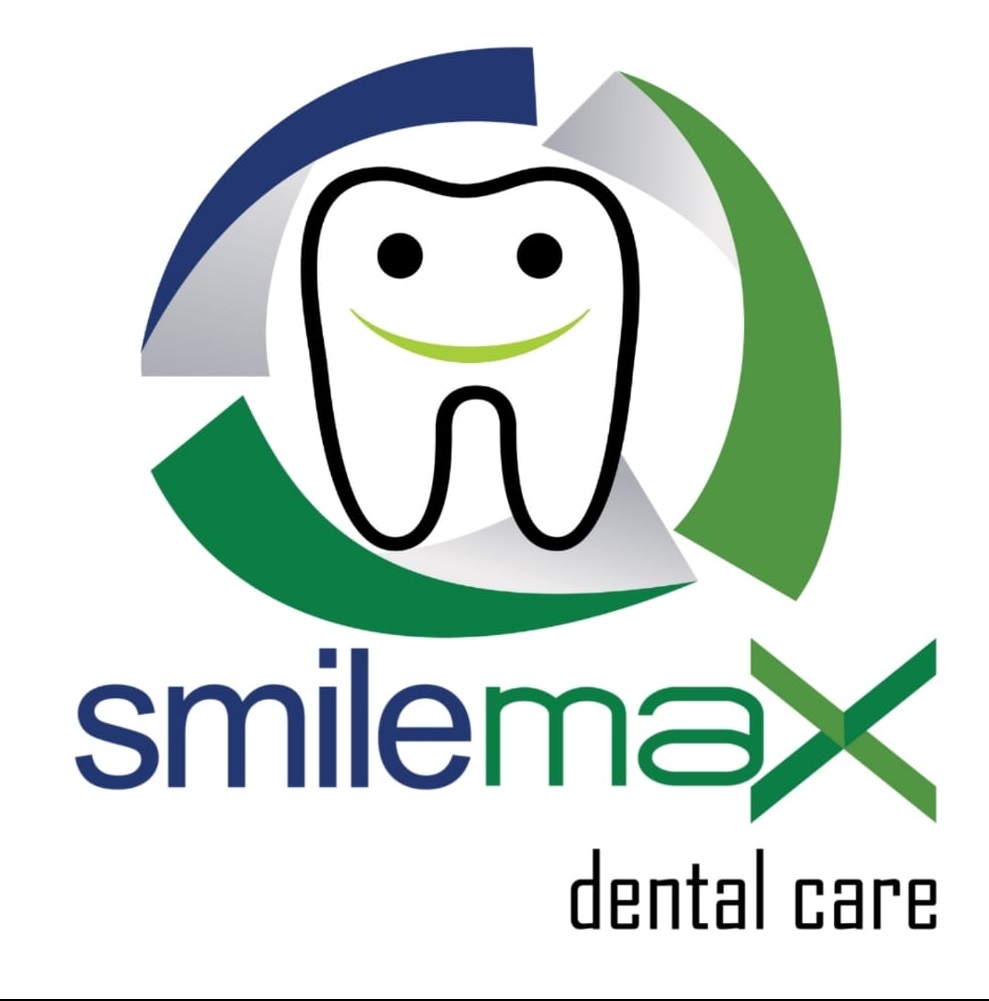The autoclave is a packed device (exactly to a pressure cooker) that reduces microorganisms applying saturated steam under pressure. The application of moist heat faculates the death of all microorganisms, which includes heat-resistant endospores which are gained by heating the materials in the device at temperatures more than the boiling point of water. As per the principle of gas laws, this can be gained by raising the pressure at the internal area of the device.
- Air must be evacuated so that the chamber will be filled with steam.
- Articles must be positioned in the autoclave so that steam can simply penetrate them.

Components of Autoclave
Autoclave comprising three parts: a pressure chamber/ a lid/and an electrical heater.
Pressure chamber includes the following –
- Big huge cylinder vertically or horizontally in which the materials for being sterilized are placed. It is designed up of gunmetal and stainless steel are placed in a managing iron case way through.
- A steam jacket or water compartment.
The lid is fastened through screw clamps as well as rendered airtight by an asbestos washer. The lid faces the following-
- A discharge tap for air as well as steam discharge.
- A pressure gauge or ets the pressure at a recognized level.
- A safety valve for the removal of the excess steam.
An electrical heater is joined to the jacket; that heats the water for producing steam.
.
TYPES
- Gravity displacement kind autoclave: It is the most simple kind applied in laboratories and is provided in numerous sizes and dimensions.
- Vertical kind or small volume capacity.
- Horizontal autoclave and huge volume capacity.
- Positive pressure displacement kind autoclave
- Negative pressure displacement kind vacuum.
Procedure
- Put the material for being sterilized under the pressure chamber as well as fill the cylinder with enough water.
- Seal the lid and place it on the electrical heater.
- Adjusting the safety valve for the necessary pressure.
- After the water boils, obtain the steam and air mixture for escaping through the discharge tap till all the air has been replaced.
- This can be examined to pass the steam-air combination liberated from the discharge tap into a pailing of water through an attaching rubber tube.
- When the air bubbles stop becoming in the pail, it indicates that the complete air has been displaced by steam.
- Shut down the discharge tap. The steam pressure rises under and when it goes to the desired set level for eg- 15 pounds (lbs) per square inch in many of the cases, the safety valve on and excessive steam hides out.
- Record the holding period from this point of period, which is around 15 minutes in numerous cases.
- After the collecting period, shut down the electrical heater as well as allow the autoclave to cool down until the pressure gauge indicated that the pressure under is exactly the same to the atmospheric pressure.
- Allow the discharge tap slowly and allow the air for passing the autoclave.
- Switch on the lid of the autoclave and take out the sterilized materials.
Sterilization control and Precautions
Sterilization control
Modern autoclaves include the devices to support proper pressure and count the internal temperature at the time of operation. Regardless of the presence of like from:- device, autoclave pressure must be analyzed periodically as well as supported.
Precautions
The following precautions must be performed while applying an autoclave.
- Autoclave must not be applied for sterilizing waterproof materials, like for oiling and greasing or drying materials, for eg. – glove powder.
- Materials are carried in such a manner that it allows sufficient steam penetration (do not overload the chamber). It is highly efficient and safer for running two separate and uncrowded loads than one crowded one.
- Wrapping objects in aluminium foil is not suggested due to it may disturb with steam penetration. Articles must be wrapped in materials which allow steam penetration.
- Materials must not touch the areas and upper part of the chamber.
- The clean materials and the wastes must be autoclaved differently.
- Polyethylene trays must not be applied as they may melt and form damage to the autoclave.
Uses
Autoclave is specifically useful for media consisting of water that cannot be sterilized by dry heating. It is the type of choice for sterilizing the certain things:-
- Surgical instruments
- Culture media
- Autoclavable plastic containers.
- Plastic tubes as well as pipette tips
- Solutions and water
- Biohazardous waste
- Glassware or autoclave resistible.




